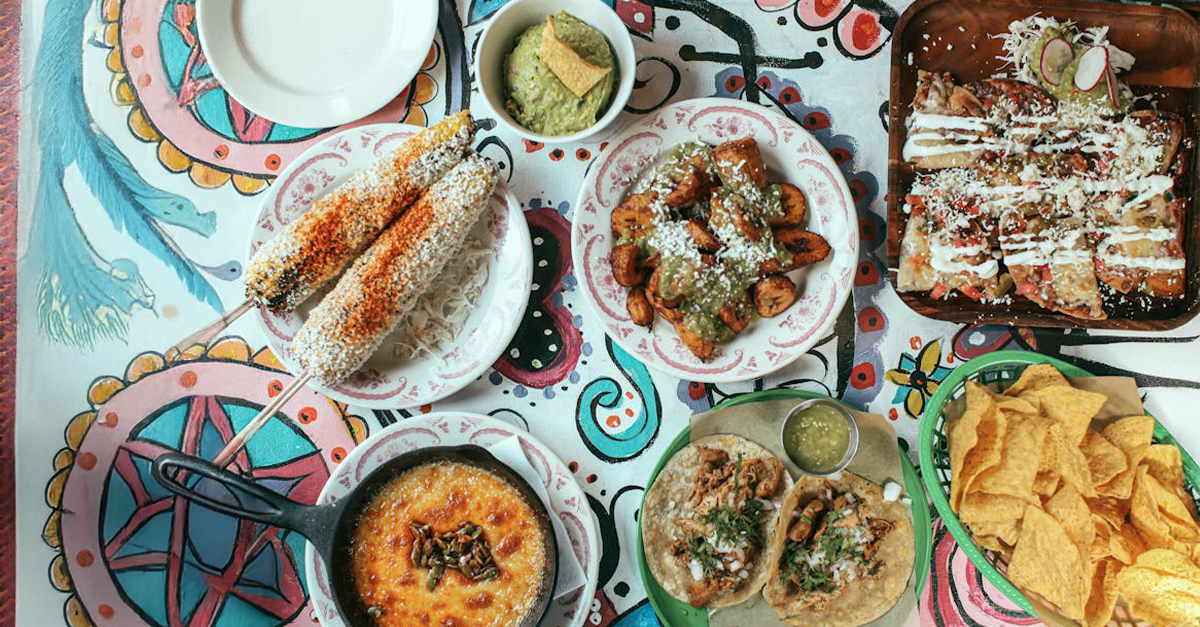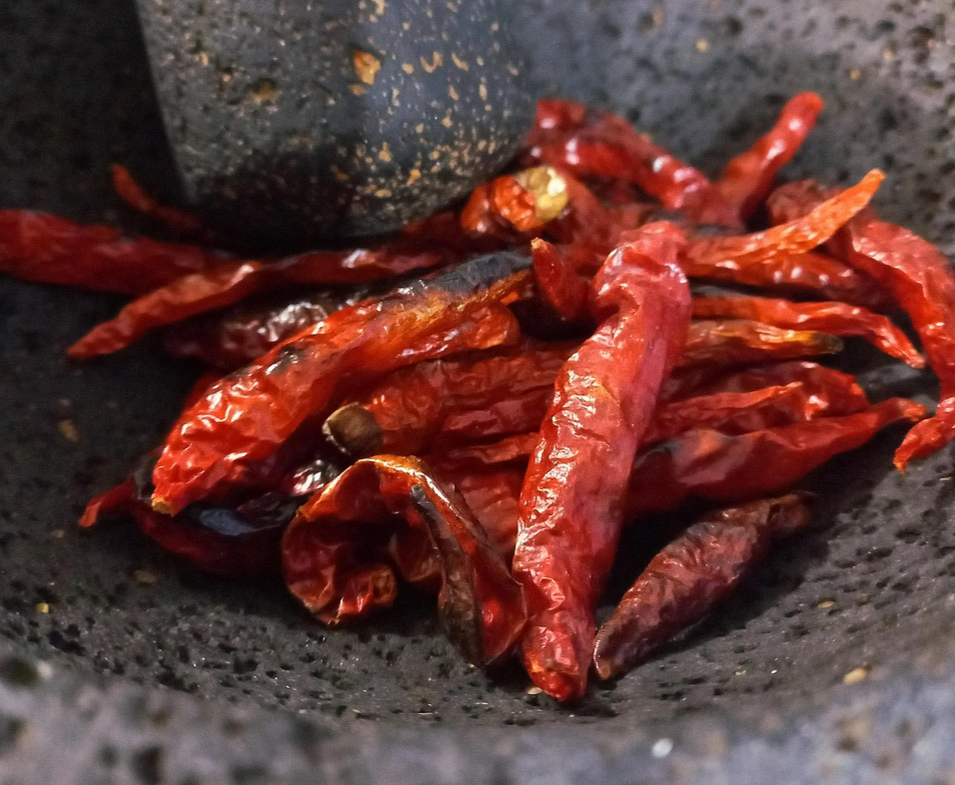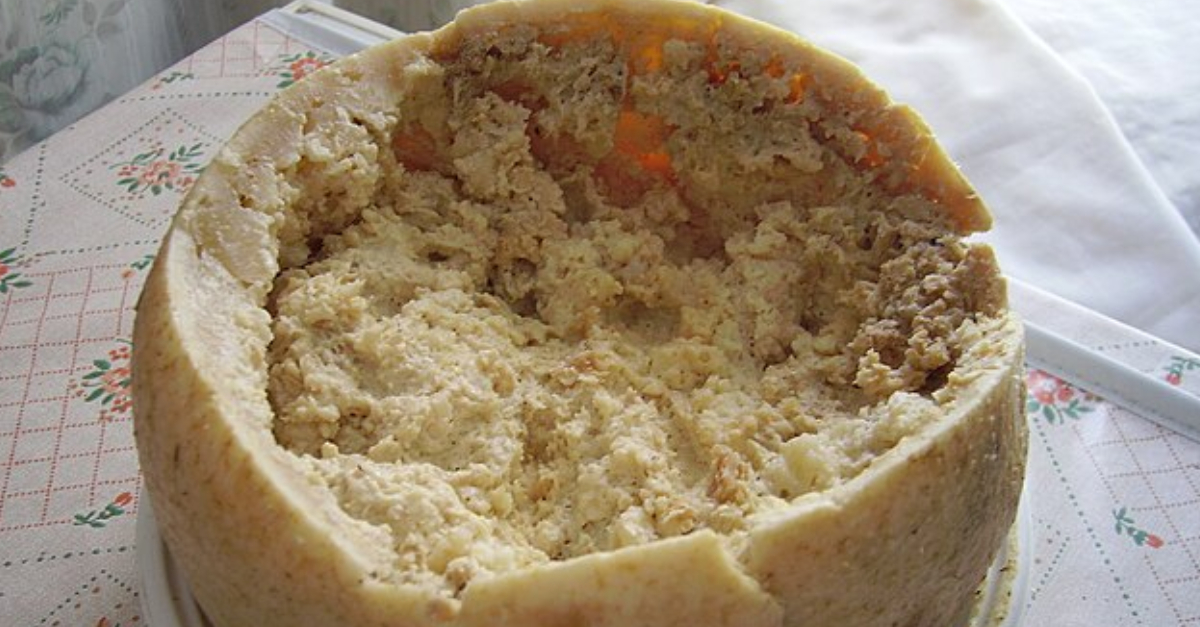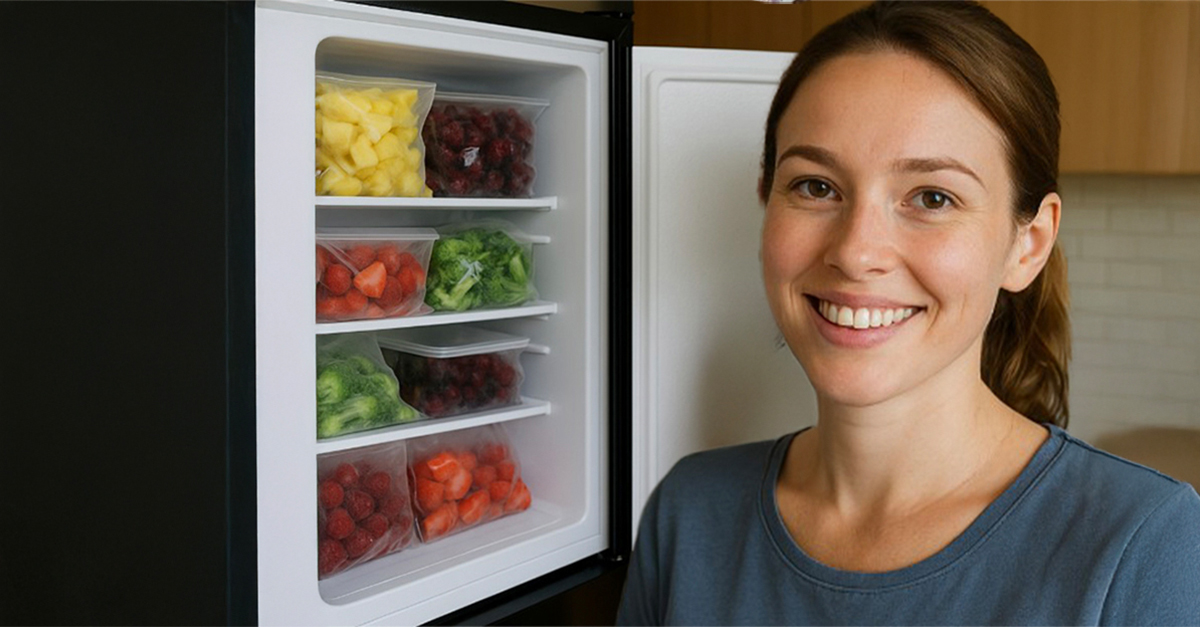Tex-Mex and traditional Mexican food share many ingredients and flavors, but they are distinct cuisines with their own histories. Exploring and appreciating both cuisines for what they are will give you a deeper appreciation of their flavors, regional variations, and cultural roots.
Origins Of Tex-Mex Cuisine
Tex-Mex cuisine grew along the Texas-Mexico border, blending Mexican cooking traditions with American influences. It came about as Mexican immigrants adapted their own recipes to local ingredients available in the US. Tex-Mex grew popular in Texas restaurants in the late 19th century. The unique flavor of Tex-Mex soon caught on across the rest of the country as well.
 Scott Bauer, Wikimedia Commons
Scott Bauer, Wikimedia Commons
The Deep Roots Of Traditional Mexican Cuisine
Traditional Mexican food traces its roots all the way back to ancient cultures like the Aztecs and Maya. Staples like corn, beans, squash, and chili peppers are the bedrock of authentic Mexican cooking. Spanish colonization brought new ingredients like pork, beef, rice, and dairy; these blended with indigenous flavors to give us the diverse Mexican culinary landscape of today.
Tex-Mex: More Cheese, Please
Cheese is a big part of Tex-Mex cooking. Cheddar, Monterey Jack, and processed cheeses are commonly used to top enchiladas, tacos, and nachos in Tex-Mex restaurants. In contrast, traditional Mexican dishes use cheese much more sparingly, favoring varieties like queso fresco, cotija, or panela. These add subtle texture without overwhelming all the other flavors.
Spice Levels And Flavor: A Sliding Scale
Tex-Mex dishes often emphasize bold, spicy flavors with generous use of chili powder, cumin, and melted cheese. Traditional Mexican cooking relies on a wider range of chili peppers and herbs like epazote and cilantro to develop more complex, balanced spectrum of flavors. Mexican sauces like mole can have dozens of ingredients. The general idea is rich depth, and not just heat.
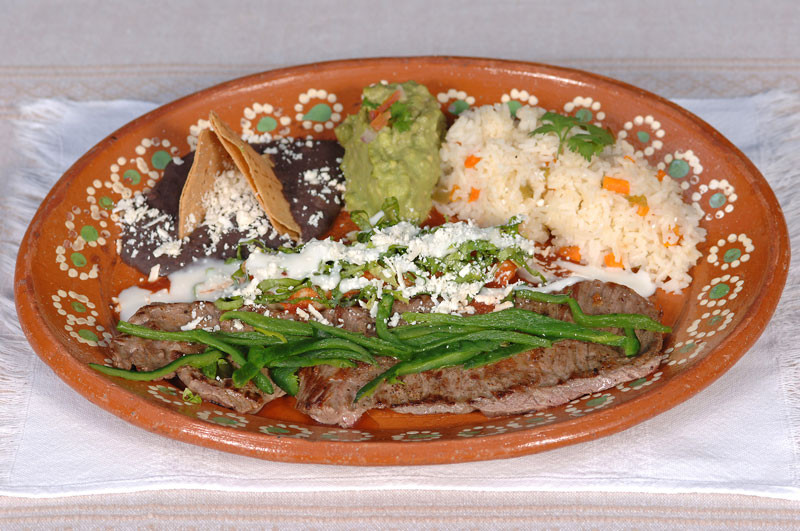 Joseph A. Tyson, Wikimedia Commons
Joseph A. Tyson, Wikimedia Commons
It's All About Ingredients
Tex-Mex commonly features ingredients like flour tortillas, ground beef, and yellow cheese, but these elements are less typical in traditional Mexican cooking. Traditional Mexican food is much more reliant on corn tortillas, fresh salsas, stewed meats, and native vegetables. Tex-Mex modifications came about largely because of the greater availability of ingredients in the US.
Signature Tex-Mex Dishes
Tex-Mex classics like chili con carne, fajitas, and nachos originated in the US and are now staples in American restaurants. Smothered burritos, crispy taco shells, and queso dip are also standard Tex-Mex favorites rarely found in traditional Mexican kitchens. These dishes are a popular delight for their deep comforting flavors.
Traditional Mexican Food: Diverse Origins
Authentic Mexican cuisine varies greatly from region to region. Oaxacan moles, Yucatecan cochinita pibil, and Veracruz-style seafood are a compliment to Mexico’s diverse geography and complex indigenous heritage. Traditional Mexican food is deeply tied to local culture, with handmade tortillas, slow-cooked sauces, and family recipes passed down for generations.
Room For Two
Tex-Mex and traditional Mexican food are not competitors. They are both cuisines in their own right, and they each offer something special. Tex-Mex is the go-to for comfort food. Traditional Mexican dishes highlight history, technique, and regional ingredients. Appreciating both gives food lovers the chance to enjoy the full range of Mexican-inspired cooking.
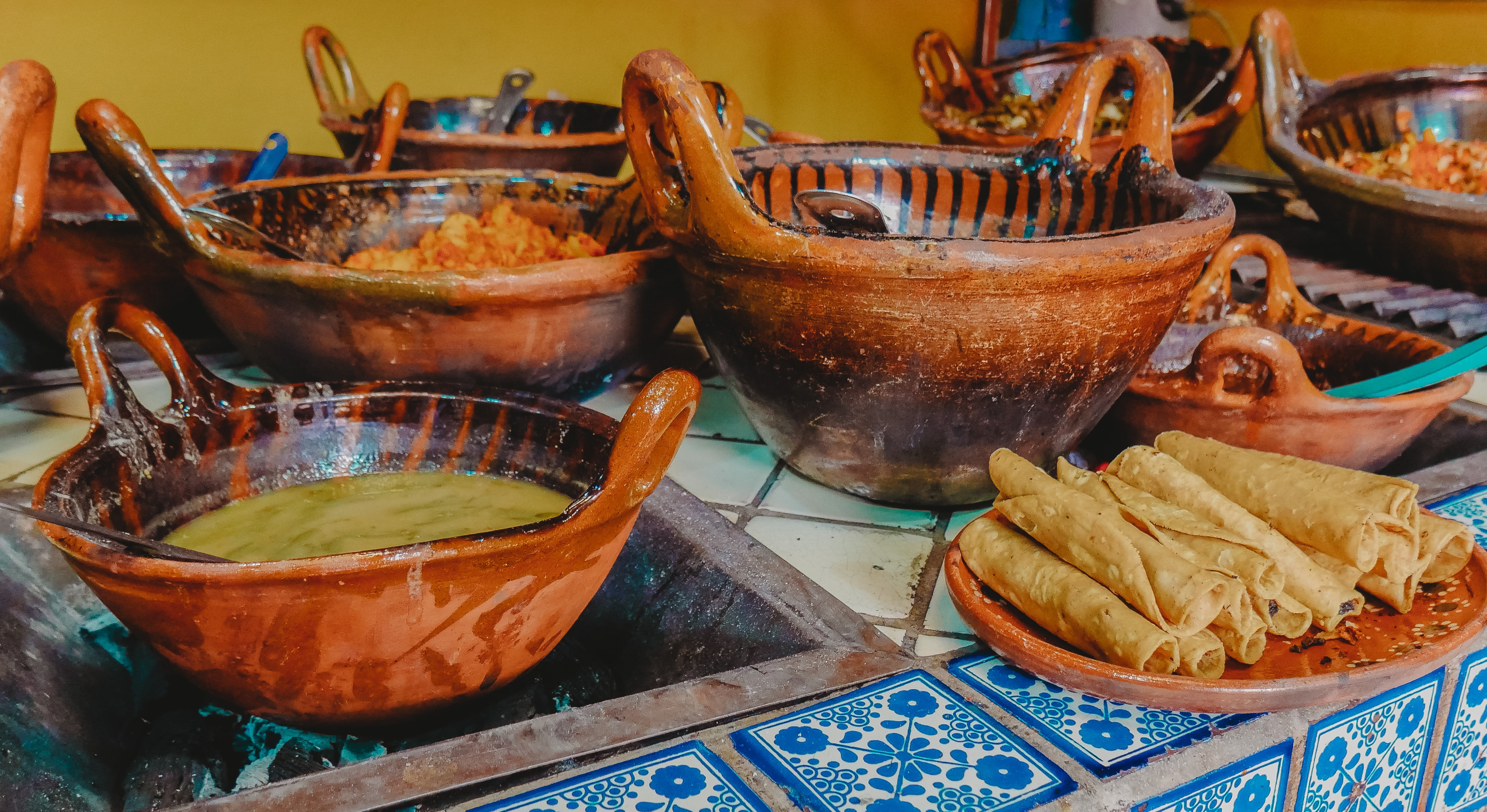 ROberto Carlos Román Don, Wikimedia Commons
ROberto Carlos Román Don, Wikimedia Commons
The Best Of Both Worlds
To fully appreciate both cuisines, explore local taquerias for traditional Mexican dishes like tacos al pastor or tamales, and visit classic Tex-Mex restaurants for sizzling fajitas or cheesy enchiladas. Cooking at home gives you the chance to blend both styles. Use fresh, traditional ingredients with Tex-Mex-inspired combinations if you want to get the best of both worlds.
It’s All Good!
Tex-Mex and traditional Mexican food each have much to offer. Understanding their differences and knowing their strengths will help you enjoy the richness of both cuisines. Whether you crave spicy queso or handcrafted mole, there’s room at the table for both.
You May Also Like:
Making Unforgettable Guacamole: Perfection Is Within Reach
15 Of Anthony Bourdain’s Favorite Foods

